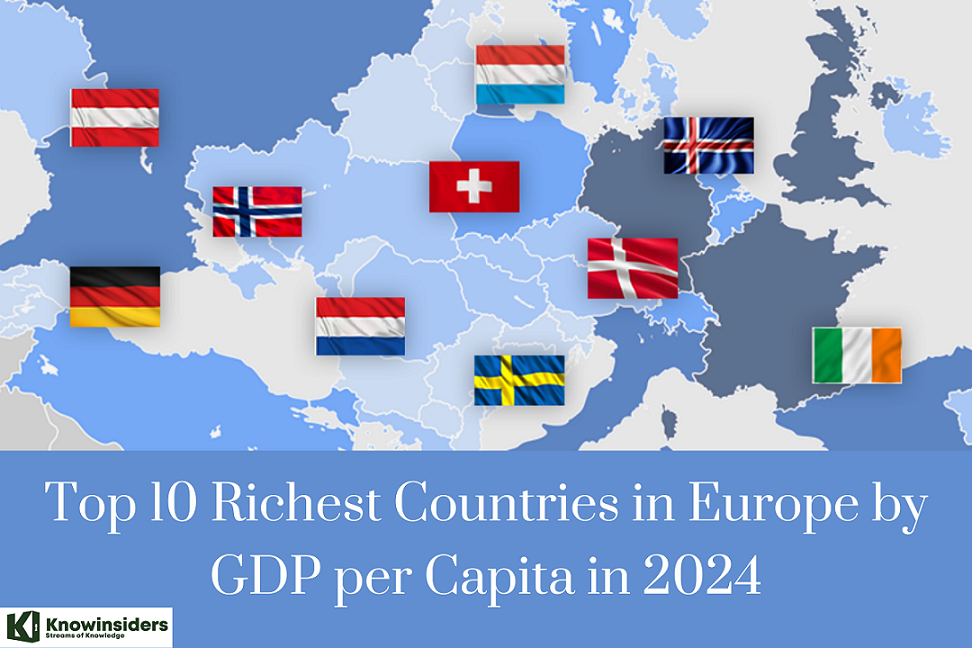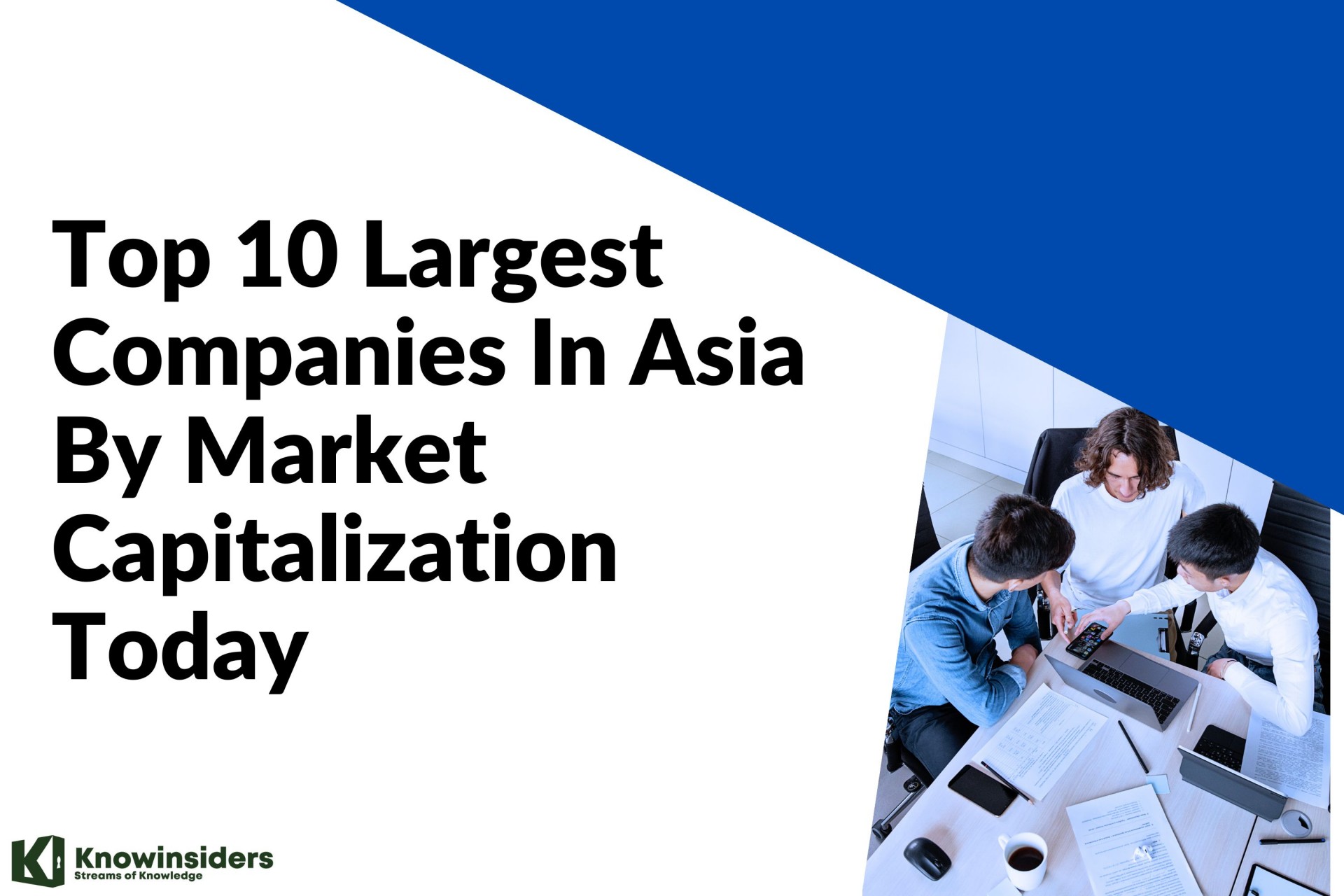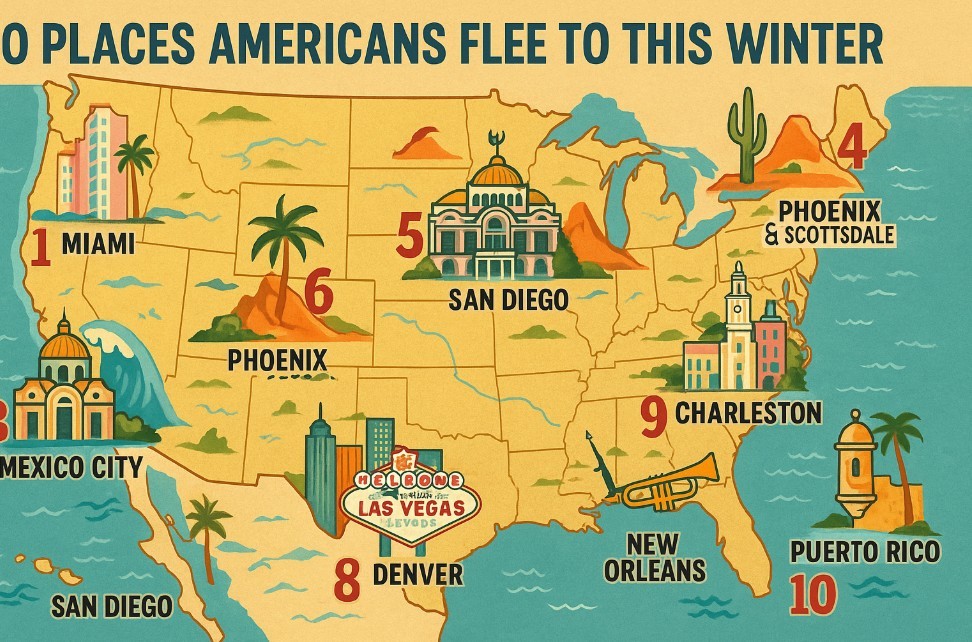Top 10 Largest Asian Economies by GDP Today
| Summary |
When we concentrate on the economic conditions in Asia, the GDP numbers show notable differences. China leads the pack with a staggering $17.7 trillion GDP, closely followed by Japan's robust $4.2 trillion economy.
These ten countries demonstrate the economic vitality and diversity found across Asia. Their economic strategies and growth provide a fascinating glimpse into how nations develop and compete on the global stage.
 |
| Top 10 Asia Countries with Biggest Economy by GDP Today |
Top 10 Asia Countries with the Biggest Economy by GDP
1. China
GDP: $17.7 trillion
China remains the economic powerhouse of Asia with a projected GDP of $17.7 trillion in 2024. The country has a diverse industrial base and is the world's largest exporter and second-largest importer. Technological innovation and consumer spending are significant drivers of its economy.
Nearly half of China's GDP is derived from the construction and industrial sectors. The main industries are steel, aluminum, coal, textiles, machinery, cars, mining and ore processing, and more. Agriculture is a significant economic sector as well. The world's largest producer of agricultural goods is China. China has roughly 300 million farmers.
2. Japan
GDP: $4.2 trillion
With a GDP of $5.2 trillion, Japan ranks second in Asia. The country's economy benefits from its highly skilled workforce, technological expertise, and strong industrial base, particularly in automobile and electronics manufacturing.
Strong exports, particularly those of semiconductors and autos, define its economy. The yen, the currency of Japan, is the third most important reserve currency in the world. The country's economy expanded by an astonishing 6.0% between April and June 2023, surpassing market expectations, and its foreign exchange reserves increased to 1,130.3 billion USD in July 2023.
3. India
GDP: $3.7 trillion
India's rapidly growing economy is driven by services, agriculture, and manufacturing sectors. With a GDP of $3.8 trillion, it is one of the most significant emerging markets globally.
India is the third richest nation in Asia, with a GDP primarily composed of industrial business (26.3%), agriculture (18.1%), and service industries (55.6%). It is a significant producer of potatoes, rice, wheat, cotton, tea, and sugarcane. India's economy is among the fastest growing in the world overall, despite the fact that a large number of its citizens still live in poverty.
4. South Korea
GDP: $1.7 trillion
Officially called the Republic of Korea, South Korea is a developed nation in East Asia and is considered a regional power. Global recognition has been bestowed upon South Korea by its impactful popular culture, which includes music (K-pop), TV dramas (K-dramas), and cinema, collectively referred to as the Korean Wave. The nation actively engages in a number of international organizations, such as the Paris Club, the G20, the IPEF, and the OECD's Development Assistance Committee.
South Korea's economy, worth $1.8 trillion, is heavily dependent on international trade. It is well-known for its production of electronics, automobiles, and ships.
5. Indonesia
GDP: $1.4 trillion
As Southeast Asia's largest economy, Indonesia boasts a GDP of $1.4 trillion. The economy benefits from natural resources, although services and manufacturing have grown in importance.
The largest economy in Southeast Asia is predicted by the Asian Development Bank to expand by an additional 5% by 2024. According to PwC's projections, Indonesia's economy would rank fourth globally in terms of purchasing power parity by 2050. In addition, Indonesia has the largest Muslim population on the planet, giving it significant political and cultural sway, particularly within the Islamic community.
6. Turkey
GDP: $1.1 trillion
Turkey, also known as the Republic of Türkiye, is a nation that is spread over two continents. Its main area is in Western Asia on the Anatolian Peninsula, with a smaller area in Southeast Europe on the Balkan Peninsula. Turkey is a regional power because of its advantageous location from a strategic standpoint. Over the course of the twenty-first century, the nation has seen a steady increase in tourism, which now plays a major role in the economy.
Turkey's economy, at $980 billion, is driven by a mix of industrial and agricultural products, including textiles, automotive, and electronics.
7. Saudi Arabia
GDP: $1.0 trillion
Saudi Arabia is a country in Western Asia that goes by the official name of the Kingdom of Saudi Arabia (KSA). Its capital and largest city is Riyadh. Among the top producers and exporters of oil worldwide is now Saudi Arabia. It is recognized as a middle power as well as a regional power. The nation, which has an excellent Human Development Index, offers a comprehensive universal healthcare system, free university education, and no personal income tax.
Primarily known for its vast oil reserves, Saudi Arabia's economy extends beyond oil with substantial investments in infrastructure and tourism.
8. Taiwan
GDP: $751 billion
Taiwan, with a GDP of $800 billion, excels in information technology and communications. It is a leading supplier of semiconductors and electronics. One of the strongest Asian nations is Taiwan. With Taiwan Semiconductor Manufacturing Company Limited (NYSE:TSM) alone controlling 60% of the worldwide market, it is renowned for being a semiconductor powerhouse. Despite having formal diplomatic ties with just 12 UN members, the nation is an important partner for the US and its allies in the Indo-Pacific area.
9. Israel
GDP: $521 billion
Israel's skyline, which makes it one of the richest nations in Asia, is evidence of its economic expansion. Israel has a per capita GDP of $55,540, which places it 13th in the world. Its advanced economy is centered on the biotechnology, software, and telecommunications industries. Processing a large amount of the world's diamonds, Israel is also a major player in the international diamond market.
The nation boasts the highest number of billionaires in the Middle East, a testament to its economic growth. Its highly educated workforce and excellent university education system are the main sources of this wealth. Israel's economy is ranked 27th in the world, and The Economist named it the fourth most prosperous among developed countries in 2022. Its foreign reserves have grown as well; as of July 2023, they stood at $200.1 billion.
10. Thailand
GDP: $512 billion
Southeast Asia is home to Thailand, formally the Kingdom of Thailand. Bangkok is the nation's largest city and capital. As one of the founding members of ASEAN, Thailand is regarded as a middle power in international affairs.
In the Human Development Index, it receives a commendable ranking that reflects its high levels of social and economic development. Thailand's economy is acknowledged as having recently undergone industrialization, with notable industries including manufacturing, agriculture, and tourism.
Tourism, agriculture, and manufacturing, particularly in the automotive and electronics industries, are the main drivers of Thailand's $550 billion economy.
Full List of Countries With the Biggest Economy In Asia Today
| Rank | Country | GDP 2024 (in billion U.S. dollars) | Gross Average Monthly Wages (USD, at current exchange rates) | Life expectancy at birth, total (years) |
|---|---|---|---|---|
| 1 | China | 17700.89 | 1122 | 78.21 |
| 2 | Japan | 4230.86 | 2476 | 84.45 |
| 3 | India | 3732.22 | 628 | 67.24 |
| 4 | South Korea | 1709.23 | 2180 | 83.53 |
| 5 | Indonesia | 1417.38 | 344 | 67.57 |
| 6 | Turkey | 1154.6 | 314 | 76.03 |
| 7 | Saudi Arabia | 1069.43 | 1888 | 76.94 |
| 8 | Taiwan | 751.93 | 1763 | 81.04 |
| 9 | Israel | 521.68 | 3608 | 82.5 |
| 10 | Thailand | 512.19 | 508 | 78.72 |
| 11 | United Arab Emirates | 509.17 | 3663 | 78.71 |
| 12 | Singapore | 497.34 | 4350 | 83.44 |
| 13 | Bangladesh | 446.34 | 268 | 72.38 |
| 14 | Philippines | 435.67 | 286 | 69.27 |
| 15 | Vietnam | 433.35 | 448 | 73.62 |
| 16 | Malaysia | 430.89 | 855 | 74.88 |
| 17 | Hong Kong | 385.54 | 3070 | 85.49 |
| 18 | Iran | 366.43 | 303 | 73.88 |
| 19 | Pakistan | 340.63 | 163 | 66.1 |
| 20 | Iraq | 297.69 | 583 | 70.38 |
| 21 | Kazakhstan | 259.29 | 673 | 70.23 |
| 22 | Qatar | 235.5 | 3168 | 79.27 |
| 23 | Kuwait | 159.68 | 1854 | 78.67 |
| 24 | Oman | 108.28 | 1626 | 72.54 |
| 25 | Uzbekistan | 90.39 | 351 | 70.86 |
| 26 | Turkmenistan | 81.82 | 654 | 69.26 |
| 27 | Azerbaijan | 77.39 | 494 | 69.37 |
| 28 | Myanmar | 74.86 | 290 | 65.67 |
| 29 | Sri Lanka | 70.52 | 143 | 76.4 |
| 30 | Jordan | 50.02 | 599 | 74.26 |
| 31 | Bahrain | 44.99 | 1728 | 78.76 |
| 32 | Nepal | 41.33 | 198 | 68.45 |
| 33 | Macau | 38.48 | 2114 | 85.4 |
| 34 | Lebanon | 37.94 | 837 | 75.05 |
| 35 | Cyprus | 32.03 | 2314 | 81.2 |
| 36 | Cambodia | 30.94 | 215 | 69.58 |
| 37 | Georgia | 30.02 | 534 | 71.69 |
| 38 | Armenia | 24.54 | 541 | 72.04 |
| 39 | Yemen | 21.04 | 375 | 63.75 |
| 40 | Syria | 19.71 | 84 | 72.06 |
| 41 | Mongolia | 18.78 | 331 | 70.98 |
| 42 | Palestine | 18.1 | 778 | 73.47 |
| 43 | North Korea | 16.75 | 37 | 73.28 |
| 44 | Brunei Darussalam | 15.15 | 1708 | 74.64 |
| 45 | Afghanistan | 14.93 | 205 | 61.98 |
| 46 | Laos (Lao PDR) | 14.24 | 108 | 68.06 |
| 47 | Kyrgyzstan | 12.68 | 228 | 71.9 |
| 48 | Tajikistan | 11.81 | 169 | 71.59 |
| 49 | Maldives | 6.97 | 920 | 79.92 |
| 50 | Bhutan | 2.68 | 448 | 71.82 |
Which industries primarily contribute to India's GDP?India's GDP is primarily derived from its agricultural, industrial, and service sectors. Farming and associated activities are included in agriculture; manufacturing and construction are included in industry; and industries such as banking, healthcare, education, and tourism are included in services. |
 Top 10 Most Beautiful Asian Countries To Travel By Train Top 10 Most Beautiful Asian Countries To Travel By Train The greatest way to experience the splendor of Asia is by train. View the Top 10 Most Gorgeous Countries in Asia for Train Travel, along ... |
 Top 10 Richest Countries in Europe by GDP Per Capita Today Top 10 Richest Countries in Europe by GDP Per Capita Today It should come as no surprise that Europe is home to some of the richest nations on the planet given its more than 50 nations ... |
 Top 10 Richest Countries in Africa by Nominal GDP Today Top 10 Richest Countries in Africa by Nominal GDP Today In this article, we listed the ten wealthiest nations in Africa, ranking them according to GDP to highlight the wide variations in the continent's economic ... |


























